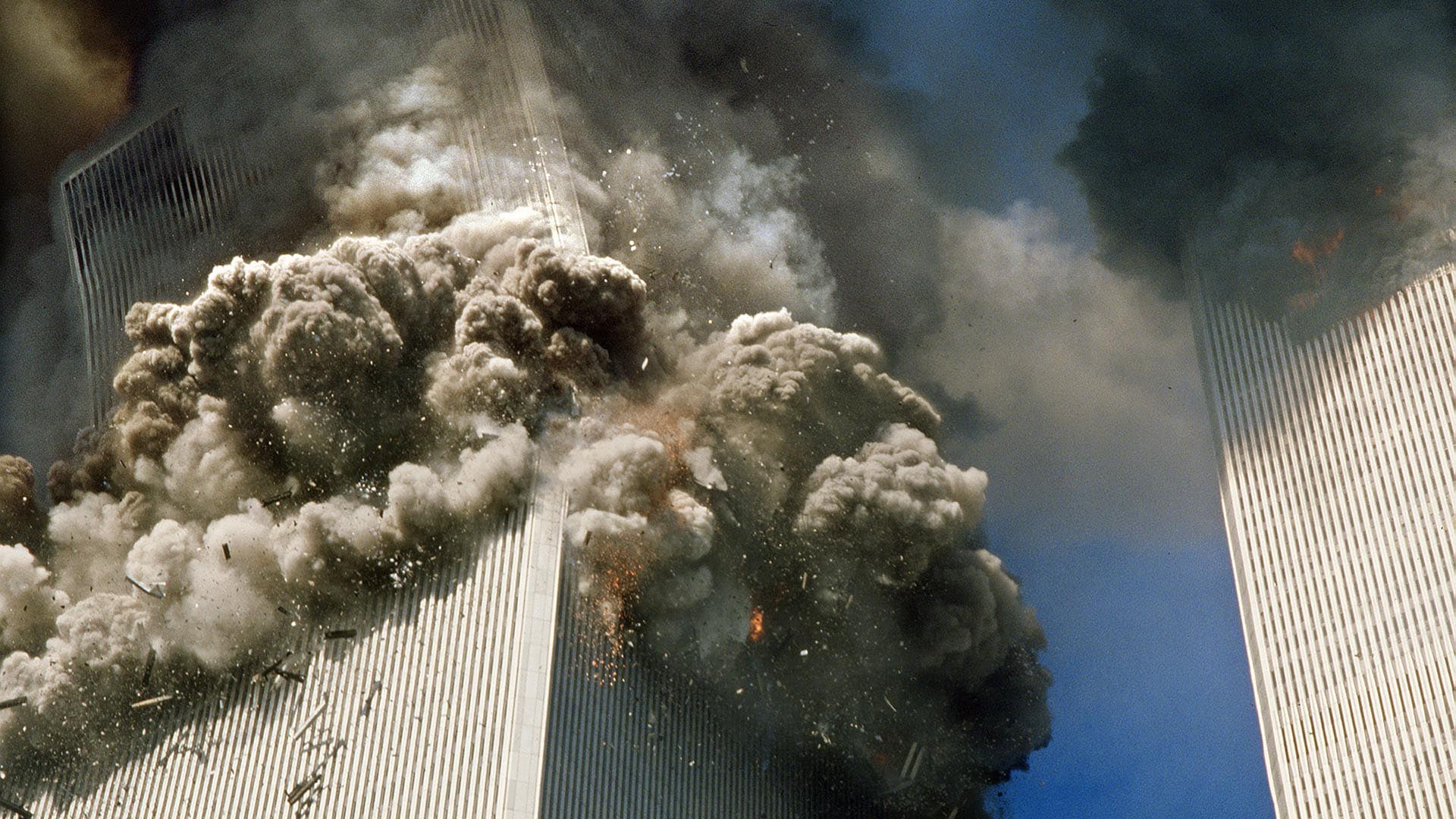On September 11, 2001, photographer Gulnara Samoilova was in downtown Manhattan when the World Trade Center terrorist attacks happened. Her images were awarded with a World Press Photo in 2002 and published in a book, Women Journalists at Ground Zero.

You’re getting blind.
Don’t miss the best of visual arts. Subscribe for $9 per month or $108 $90 per year.
Already suscribed ?



